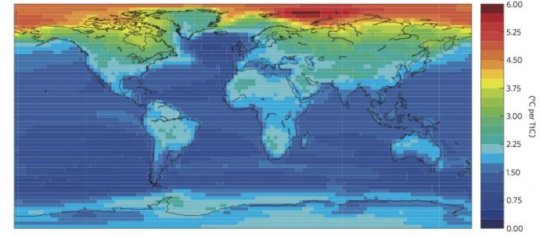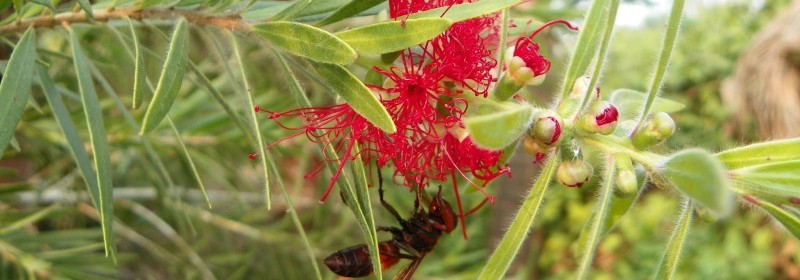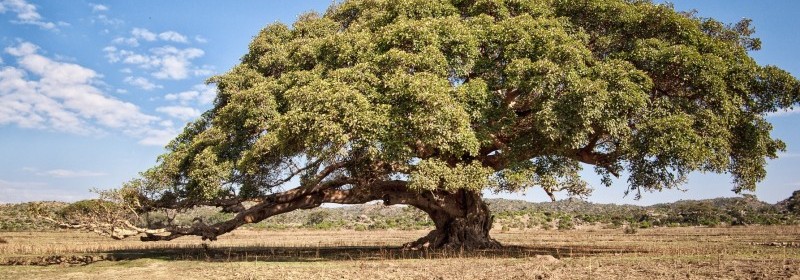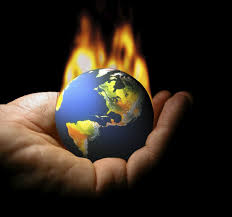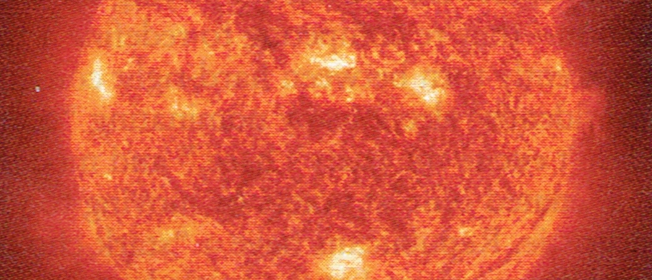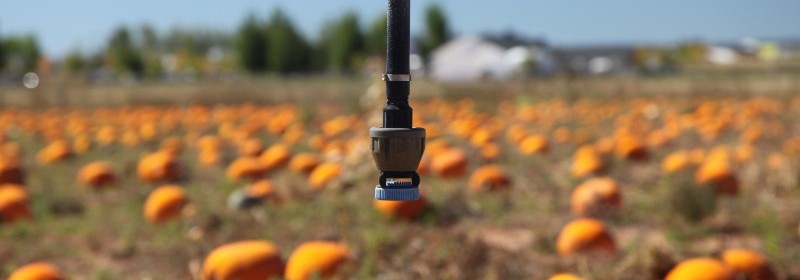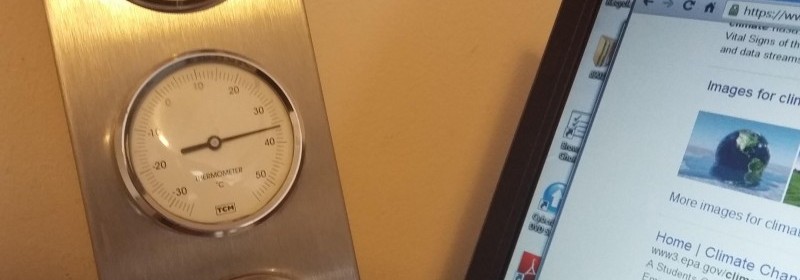Evergreen Trees at risk in Southwest U.S.
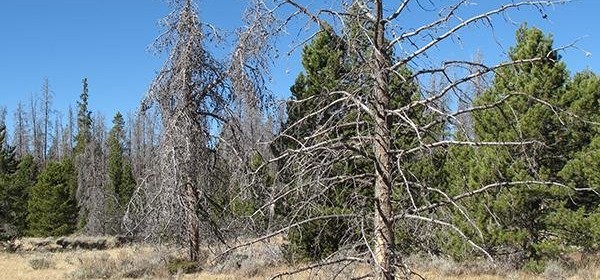
A research paper published in Nature Climate Change predicts widespread death of needleleaf evergreen trees (NET) within the Southwest United States by the year 2100 under projected global warming scenarios. The research team that conducted the study, which includes University of Delaware’s Sara Rauscher, considered both field results and a range of validated regional predictions and global simulation models of […]
Read more
